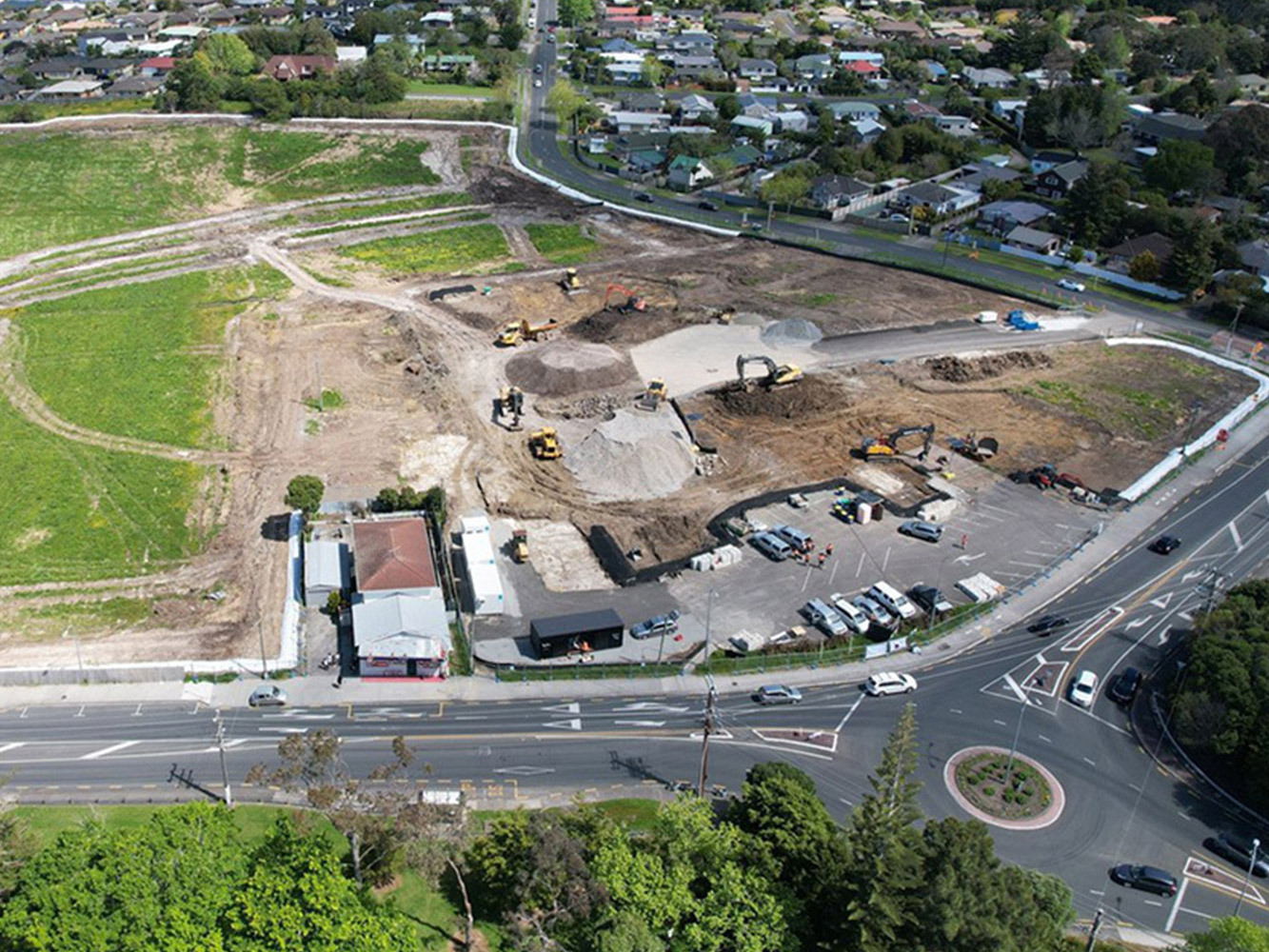If you're nearing the end of a subdivision project in Christchurch, you’ll soon encounter two key certification stages under the Resource Management Act: Section 223 and Section 224c. These steps are essential to legalise your new lots and issue titles through Land Information New Zealand (LINZ). For many developers, understanding these processes upfront is the key to avoiding frustrating delays at the final hurdle.
Section 223 certification confirms that your final survey plan (typically a Land Transfer or Unit Title plan) aligns with the subdivision layout approved under your resource consent. It is the council’s way of verifying that the physical layout of the lots, boundaries, and easements match what was approved.
Here’s how the process works:
Your licensed cadastral surveyor prepares and submits the final plan to Council.
Council officers review the plan against the original consent and conditions.
If the layout complies, a Section 223 certificate is issued.
This certification is required before you can proceed with lodging the plan with LINZ. It does not confirm that physical works have been completed, only that the proposed layout is legally correct.
Section 224c is the point where Council confirms that all conditions of your subdivision consent have been met, especially any that require physical work.
This may include:
Construction of accessways, vehicle crossings, and driveways
Installation of water, power, and wastewater services
Stormwater management systems
Payment of development contributions
Signing and lodging of legal documents such as easements or consent notices
Acceptance of as-built drawings and compliance certification from utility providers
Once all these items are complete and verified, Council will issue a Section 224c certificate. You then lodge both the 223-approved plan and the 224c certificate with LINZ to obtain new titles.
Delays in 223 and 224c certification are typically due to:
Incomplete or missing as-built drawings
Unfinished or non-compliant infrastructure
Legal documents not submitted or signed
Poor coordination between engineers, surveyors, and legal teams
Misunderstanding of condition requirements
Proactively managing these issues early in the project can save weeks of back-and-forth later.
Engage your surveyor and engineer early to plan for certification milestones.
Keep track of every condition imposed in your subdivision consent and who is responsible.
Ensure construction works are carried out to the specifications agreed during engineering approval.
Request sign-offs from utility providers as soon as works are complete.
Review and lodge all legal documentation well before requesting 224c.
Having a clear process and an experienced team can mean the difference between timely title release and an indefinite delay.
At Civix, we assist clients with the full subdivision delivery process, including managing 223 and 224c certification. We coordinate between surveyors, civil engineers, council, and legal advisors to ensure conditions are met and documentation is prepared correctly. Our proactive approach minimises delays and helps you secure new titles faster.
The 223 and 224c stages are the final administrative hurdles before a subdivision becomes reality. While they may seem procedural, getting them right is essential to complete your project. By understanding the process, staying organised, and working with the right professionals, you can move smoothly from construction to title registration.

Stormwater isn’t just a technical box to tick in Christchurch’s subdivision process, it’s one of the most scrutinised and impactful aspects of land development.

If you’re developing land or subdividing property in Christchurch, one of the most critical and often misunderstood steps is securing engineering approval.

In subdivision and land development projects, accessways and driveways often seem like minor details.
For private land developments, Civix Town Planners, Chartered Engineers and Licensed Cadastral Surveyors have got you covered from the initial site visit through to council sign off.
Contact Us